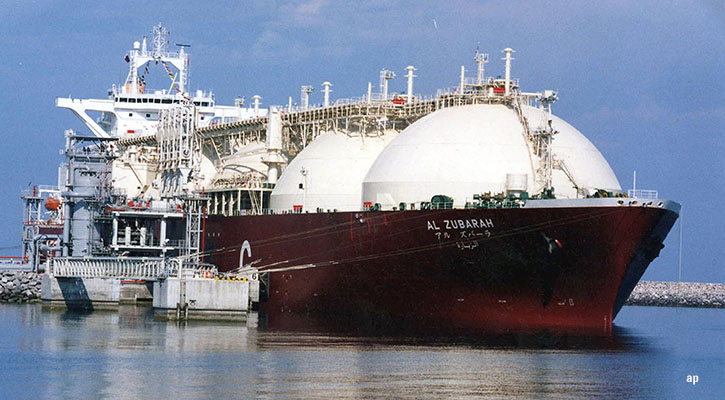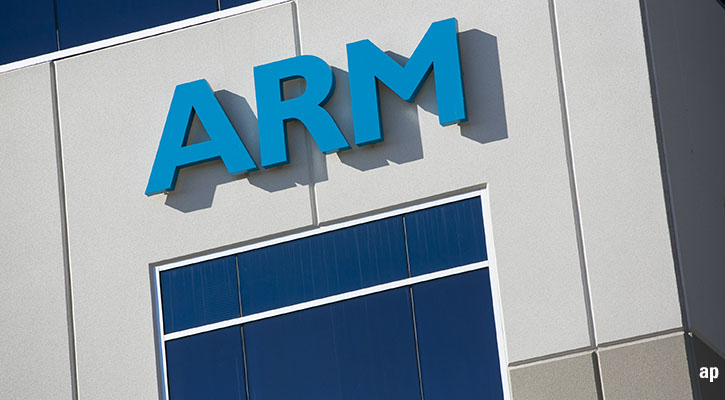Analyst Note (24/06/10)
British American Tobacco revealed Thursday that CEO Paul Adams will retire in February 2011 and will be replaced by COO Nicandro Durante. Given Durante's role in the management structure, we don't expect a material departure from the firm's current strategy, and our 2,219p fair value estimate remains in place.
During Adams' six and a half years at the helm, British American has delivered impressive total returns, including a doubling of the company's market value, so we think his retirement is a blow to the firm. Nevertheless, British American's competitive advantages remain firmly in place, and we are satisfied that the announced succession plan will lead to a smooth transition. Durante will become chief executive-designate September 1. He joined British American in 1981 and since then has held senior positions across the globe, which we think will give him a solid platform for success in the top job.
Fair Value Estimate: 2,219p ¦ Fair Value Uncertainty: Medium ¦ Economic Moat: Wide
Thesis (18/05/10)
British American Tobacco's global scale and brand strength, together with its pricing power and the addictive nature of its products, give the company a wide economic moat, in our opinion. There may be some bumps along the way as rising excise taxes and weak consumer confidence prompt more smokers to quit, but we think the breadth of the international cigarette manufacturer's portfolio will allow it to weather the storm comfortably.
Although British American lacks an iconic international brand such as Philip Morris International's Marlboro, the company's portfolio includes some well-known brands, including Dunhill, Lucky Strike, Kent and Pall Mall. The strength of these brands gives British American pricing power in several key markets, and should position it well for growth in emerging economies in Eastern Europe and Asia. We estimate that around 40% of British American's revenue is generated from emerging markets, a greater proportion than most of its peers. We expect population growth in these regions, together with relatively lax smoking controls, to drive volume growth in emerging markets at a low-single-digit percentage rate in the medium term. By contrast, we think volume in the company's developed markets will decline at a similar rate.
Despite the firm's broad international scale, its operating margins lag those of some of its competitors, particularly Philip Morris International. However, British American has recently taken some measures that should allow it to expand its margins. For instance, the company has announced cost-cutting programmes, has moved its manufacturing facilities to take advantage of lower-cost labour, and should continue to benefit from a more favourable product mix in the long term, as customers trade up to premium cigarettes over time.
The company's volume is divided about evenly among premium, mid-price, and value brands, and we think the breadth of the product portfolio should help to cushion the blow of the economic slowdown. Smokers in some key growth markets such as Russia are switching to cheaper cigarettes as the recession continues to bite. Although British American's value brands may capture some of that migration, we expect profitability to suffer from an unfavourable product mix effect in the short term. As the global economy recovers, however, we expect to see that effect reverse and smokers in emerging markets switch back to higher-priced brands.
The risk of excise tax increases and regulatory control are omnipresent in the tobacco industry, particularly with governments across the world facing growing fiscal deficits. However, with its broad product portfolio, strong brands, and presence in emerging markets, we think British American is better-placed than most of its competitors to achieve solid long-term earnings growth.
Valuation
Our fair value estimate for British American Tobacco is 2,219p, which implies forward fiscal year 2010 price/earnings of 14 times, enterprise value/EBITDA of 9 times and a free cash flow yield of 6.4%. Consumption growth in developing and emerging economies and the ability to raise prices to offset volume declines in mature markets are the key drivers of our valuation. We forecast revenue to grow by an average of 5% annually over the next decade, driven by continued pricing power and growing volumes in emerging markets. We expect the company's operating margin to be constant at around 32% throughout our forecast period, as scale benefits offset commodity cost inflation. We value the firm's 42% stake in Reynolds American separately from our discounted cash-flow model. Our fair value estimate includes 344p per share, which is the firm's equity in our fair value estimate for Reynolds.
Risk
British American faces the risk that volumes will fall due to rising excise taxes and growing restrictions on smoking causing more smokers to quit. That risk is elevated in the current environment, given that governments across the globe are struggling to balance their budgets. The firm also faces the risk that litigation issues arise in emerging markets and that regulatory oversight in those countries becomes tighter. Exchange rate movements affect the firm's financial results as well as the valuation of its shares to foreign investors.
Management & Stewardship
In our opinion, British American Tobacco has an above-average standard of corporate governance. As with most European firms, it operates with a two-tier board structure: a management board of executives and a supervisory board containing mainly nonexecutives. We think the supervisory board boasts an outstanding array of international executives, fitting for the firm's global strategy. However, we would like to see the firm hold annual elections for all board members, and we think the interests of directors would be better aligned with those of shareholders if a majority of directors' compensation were paid in stock and stock ownership guidelines were established for nonexecutive board members. Having said that, we applaud the firm for keeping the roles of CEO and chairman separate since 2004, and we welcome the infusion of new directors in the last few years. Jan du Plessis stepped down as chairman in 2009 and was replaced by Richard Burrows, a veteran of the consumer staples sector, having held CEO positions at Irish Distilleries and Pernod Ricard. CEO Paul Adams has been with British American for almost two decades, and has held senior positions within the firm in a number of global markets before being appointed CEO in 2004. Under his leadership, British American's stock has almost tripled.
Overview
Growth: British American targets growth primarily though acquisitions, though it has increased volume internally in some emerging markets. Consequently, recent growth has been lumpy. Excluding acquisitions, we expect annual revenue growth to plateau at its long-term rate of 4% by the end of our 10-year explicit forecast period.
Profitability: Despite declining volume in developed markets, the tobacco industry is still very profitable. We expect the firm to benefit from acquisition synergies and cost-cutting initiatives and achieve long-term operating margins in line with recent levels of around 32%.
Financial Health: In 2008, British American increased its long-term debt by £3.5 billion in order to finance acquisitions. The firm's debt/total capitalisation ratio was 0.6 at the end of 2009, and this debt load weighs on our cash flow cushion of 2. Nevertheless, we expect EBITDA to cover interest expense by an average of 7 times over the next decade, and also expect free cash flow to be generated at the rate of 20% of revenue. We think the company will meet its repayment schedule comfortably. Debt maturities are spread out evenly over the next five years, with the largest maturity being £1.9 billion, due in 2012.
Profile: British American sells more than 300 tobacco brands in 180 countries and holds leadership positions in 50 of its markets, making it the third-largest global cigarette player behind China National Tobacco and Philip Morris International. The majority of its sales are generated outside of Britain and America. British American's cigarette brands include Dunhill, Kent, Pall Mall, and Lucky Strike. The firm also sells roll-your-own and smokeless tobacco products. British American holds a 42% stake in Reynolds American.
Strategy: British American is focussed on expanding its footprint in developing markets with favourable growth prospects, both through internal growth and acquisitions. The firm aims to achieve this growth through niche brands in individual markets, but also through its international focus brands: Dunhill, Kent, Pall Mall, and Lucky Strike.
Bulls Say
1. British American is geographically diverse, with a strong presence in Western Europe, Latin America, the Middle East, and Asia. Only a small proportion of the firm's earnings are derived in the mature markets of Britain and the US.
2. Global volume is split about equally among premium, mid-price, and value products, so the firm should be well positioned to capture share as secular and cyclical shifts in consumer preferences occur.
3. British American claimed around 13% of the market outside the US in 2009, led by its Pall Mall, Kent, Dunhill, and Lucky Strike brands.
4. Through its acquisition of Skandinavisk and its test-marketing of snus, British American is targeting adjacent tobacco categories with attractive growth potential.
5. The firm has a strong record of returning value to shareholders through dividends and share repurchases.
Bears Say
1. Higher tobacco excise taxes could be on the horizon, as governments around the world grapple with softening tax receipts. An increase in taxes would pressure sales volume.
2. Although we think British American benefits from the breadth of its product portfolio, continued trading down by consumers to lower-margin subpremium products would be detrimental to the firm's profitability.
3. British American's operating margins are lower than those of some of its competitors because of a higher average cost of production as a result of its smaller, niche brands.
4. We think the Chinese market, the largest in the world, will remain effectively closed to overseas firms for the foreseeable future, as the government is likely to be reluctant to loosen its grip on this profitable industry.










:quality(80)/cloudfront-us-east-1.images.arcpublishing.com/morningstar/MNPB4CP64NCNLA3MTELE3ISLRY.jpg)













